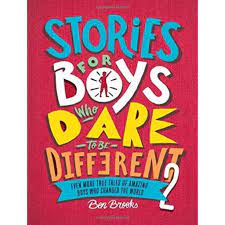Carlos Acosta
(Born 1973)
Carlos grew up in a poor neighborhood in Cuba. He was kicked out of school when he was young, and his dad ended up in prison. Carlos was sent to the National Ballet School of Cuba simply because it was a place that could afford to feed him. But his natural talent soon became apparent. In 1990, Carlos won the Prix de Lausanne, a competition that pits hundreds of dancers from across the world against each other. Carlos then traveled to Russia and became the first foreign person to become a guest artist for the Bolshoi Ballet. At twenty-five, he became the first black person to become a principal dancer at the Royal Ballet in the United Kingdom, as well as the first black person to play Romeo in a ballet. “Nobody who looks like me have ever played the roles I dance, ” said Carlos. “When I first appeared in Swan Lake at the Metropolitan Museum of Art in New York, the auditorium was packed with black people.” He blew spectators away with his speed, precision, grace, and power. His otherworldly, flowing, electrified way of moving brought new life to many old ballets. But ballet is famously tough on the body. Joints creak, feet bleed, and blisters form and burst. At forty-two, Carlos embarked on a farewell tour to mark his retirement from ballet. Five thousand people a night would turn up to cheer and cry as the dancer who’d lit up their lives whirled across the stage for the final time. After his last performance, the audience hurled roses onto the stage and gave him a standing ovation that lasted an entire twenty minutes. Carlos in now creating an academy in Cuba where people can study dance for free, hoping to nurture the beloved dancers of the future.
Comprehension Questions
1. Who did Carlos play in a ballet, as the first black person to do so?
A. Brutus
B. Romeo
C. Nutcracker
A. Five thousand
B. One thousand
C. Three thousand
Your Thoughts
Vocabulary
4. List any vocabulary words below.

